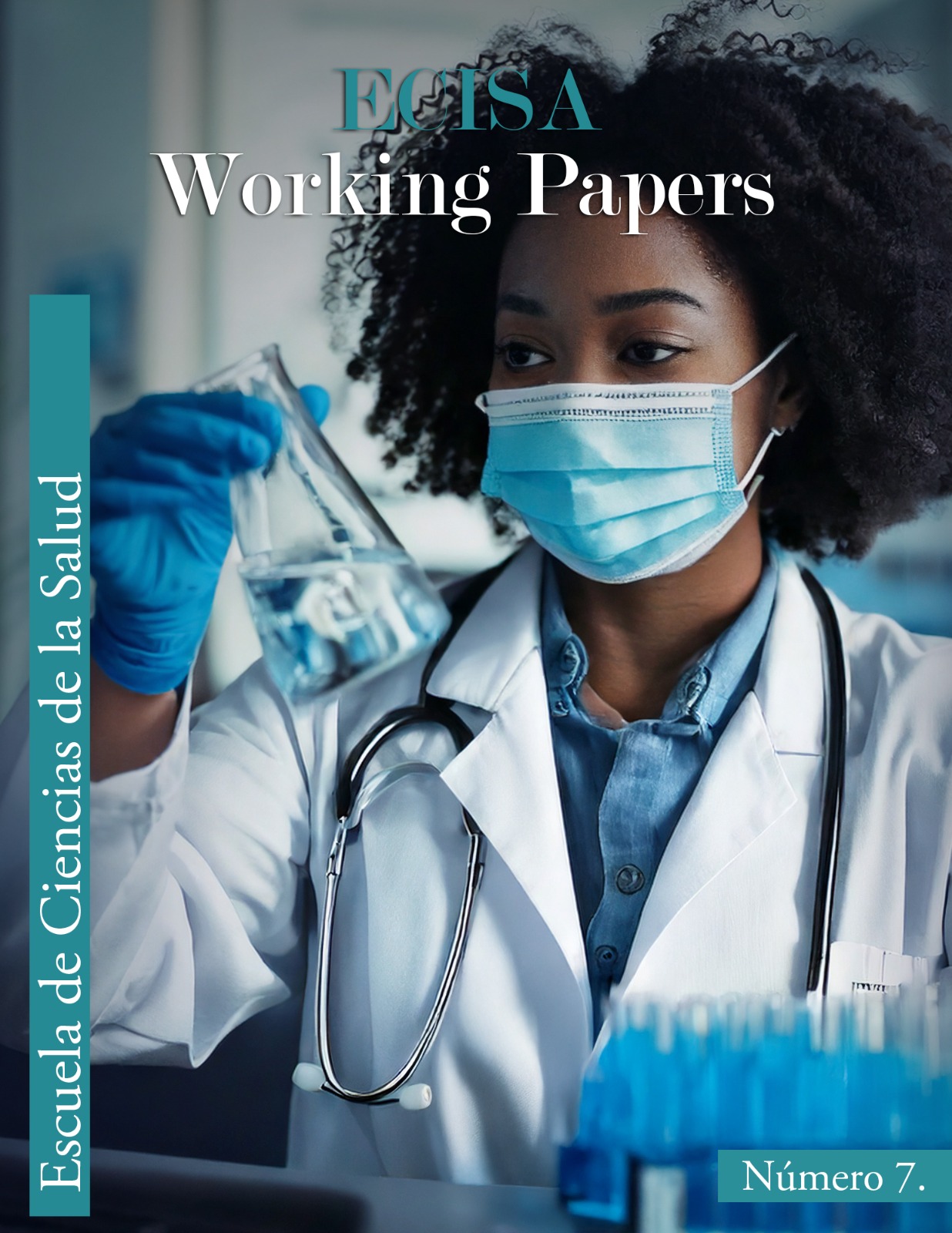Copyright (c) 2025 Documentos de trabajo ECISA

This work is licensed under a Creative Commons Attribution-NonCommercial-ShareAlike 4.0 International License.
ANALISIS DE RIESGOS LUMINICOS EN PUESTOS DE ESTUDIO DE ESTUDIANTES DE EDUCACIÓN A DISTANCIA
The environmental risks present in the different academic activities have been varying due to the incorporation of new technologies and study methodologies, causing them to appear in environments that were not designed to carry out these activities, such as lighting, a critical and fundamental factor for the academic development. Based on the above and due to the complexity that the pandemic brought to adapt the home in permanent recreation, work and study areas, this research emerged to identify the risk of lighting in the study areas of distance higher education students. To develop this, we worked with a non-probabilistic sample of 329 distance university education students who knew Safety and Health at Work. The lighting evaluation technical guide it applied as an information-gathering tool developed by the INSST of Spain. It used A mobile application to measure the lighting in the workplace during the morning, afternoon and night. It found that 35% of the students have exclusive study areas, and 74% perceive that the lighting levels are optimal to carry out these activities, 30% of these manifest problems associated with fatigue and visual fatigue and using and analyzing the luminosity levels. It evidenced that, on average, only 30% of the respondents have optimal lighting levels to carry out this activity according to the norm.





